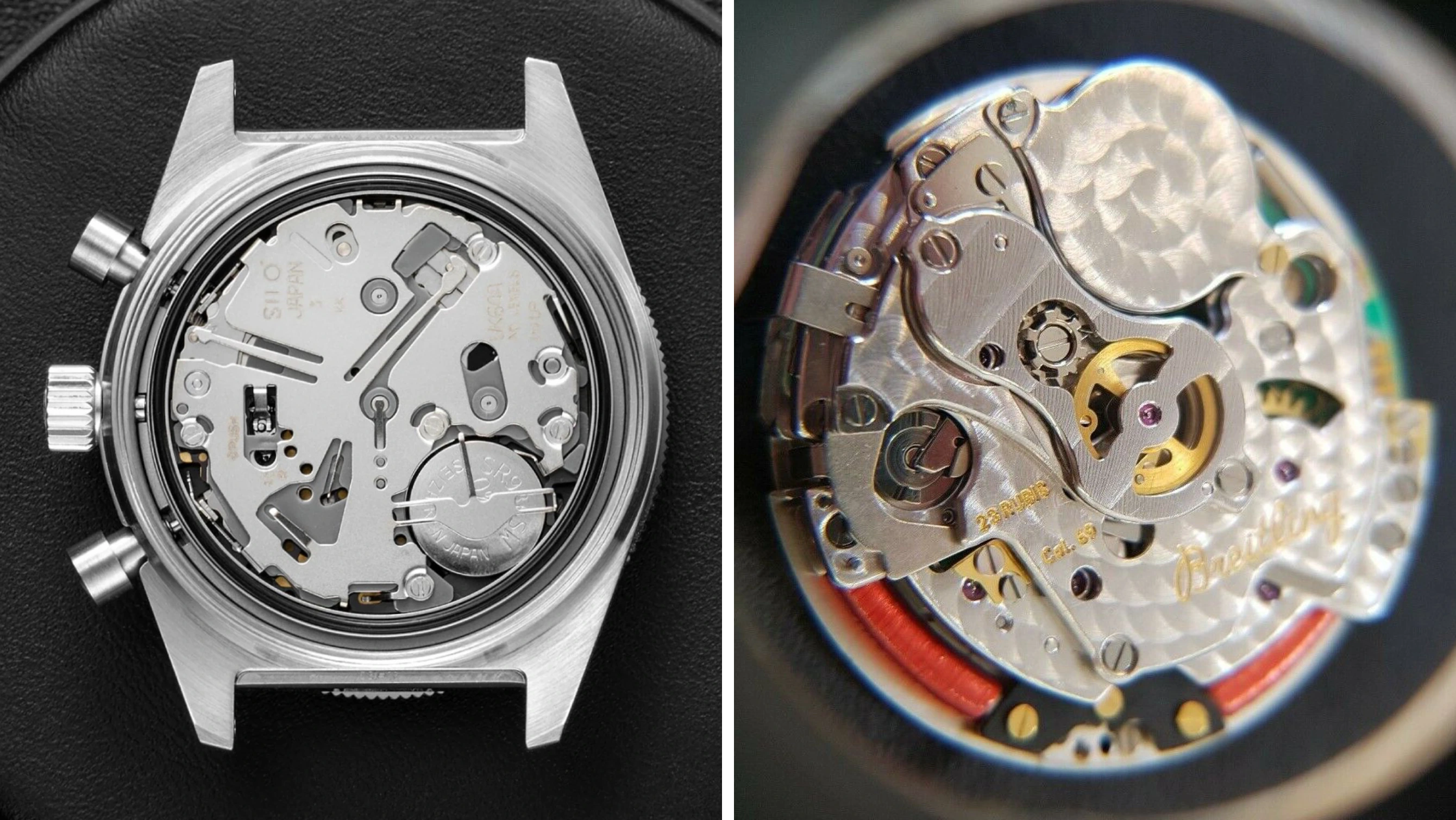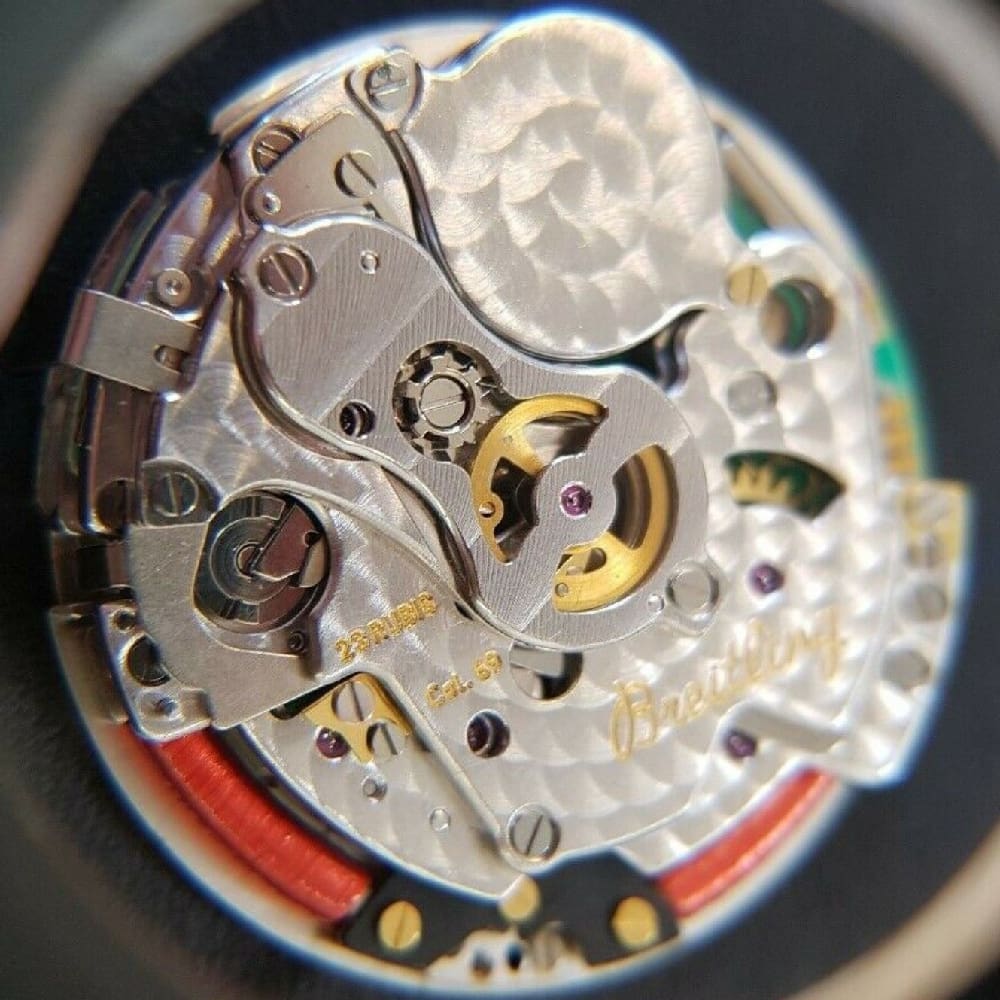What is mechaquartz?
Borna BošnjakWatch movements are easily separated into two categories. Battery-powered and mechanically powered. Yes, there certainly are different derivatives of these, whether it be digital, Spring Drive, Eco-Drive etc, but there’s one piece of movement tech that brings the two together in a really simple way, hoping to make the best of both. I’m talking about mechaquartz movements, the archetype of affordable chronographs used in micro and big-box brands alike. But how exactly do you combine the two most efficiently, and why would you do it in the first place?
The what
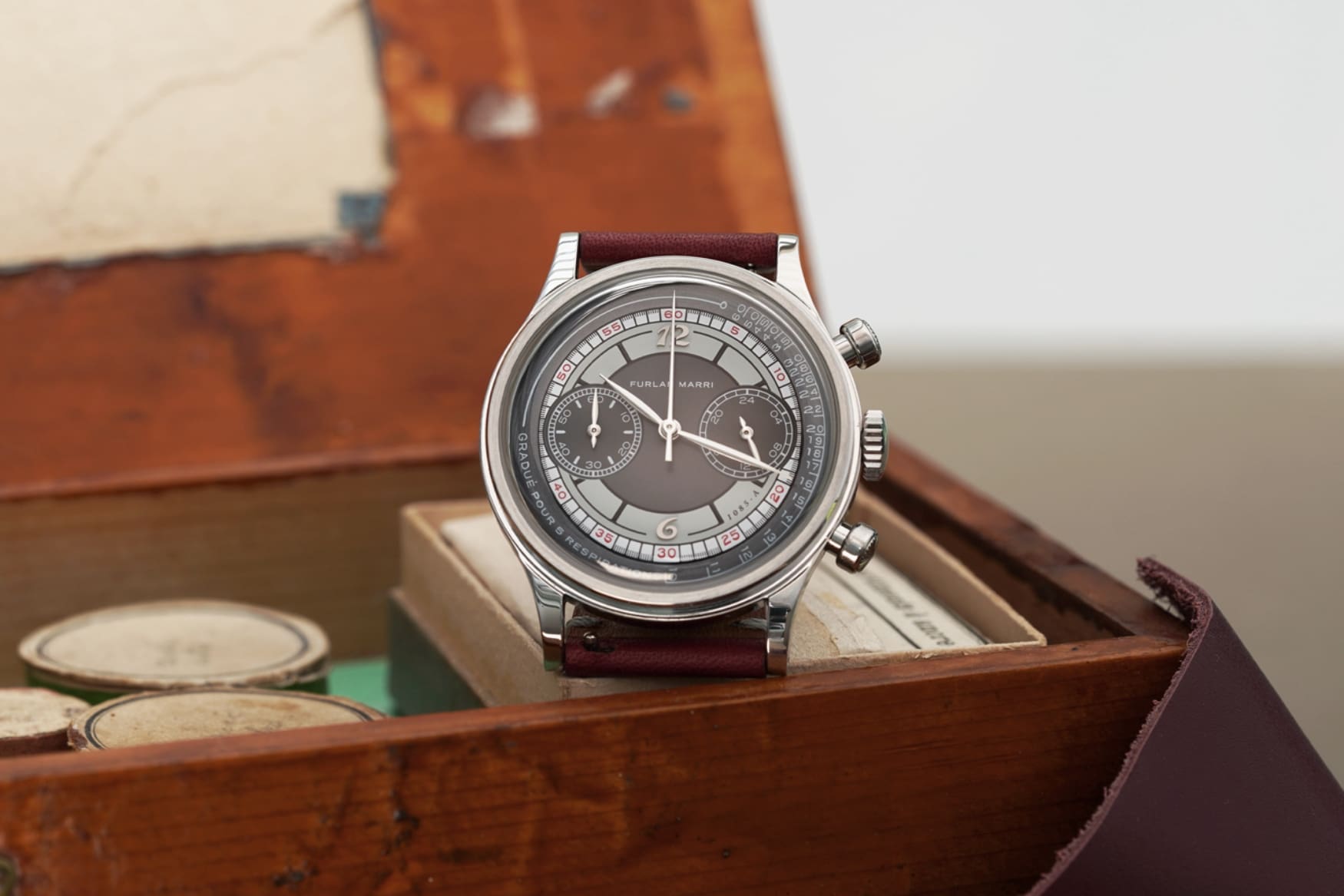
The best place to start is defining what exactly a mechaquartz movement is. In most simple terms, they consist of a quartz base to regulate the main timekeeping elements of the watch, with a mechanical chronograph module. For that reason, they’re often referred to as hybrid movements (including meca-quartz, mecha-quartz and its derivatives). Mechaquartz movements are also exclusively chronographs, and should not be confused with quartz movements that simply employ a sweeping seconds hand like the three-handed Seiko VH31. Furthermore, they are also distinct from quartz movements fitted with a rotor and electrical generator – think Seiko Kinetic, ETA Autoquartz, or most famously, Citizen Eco-Drive.
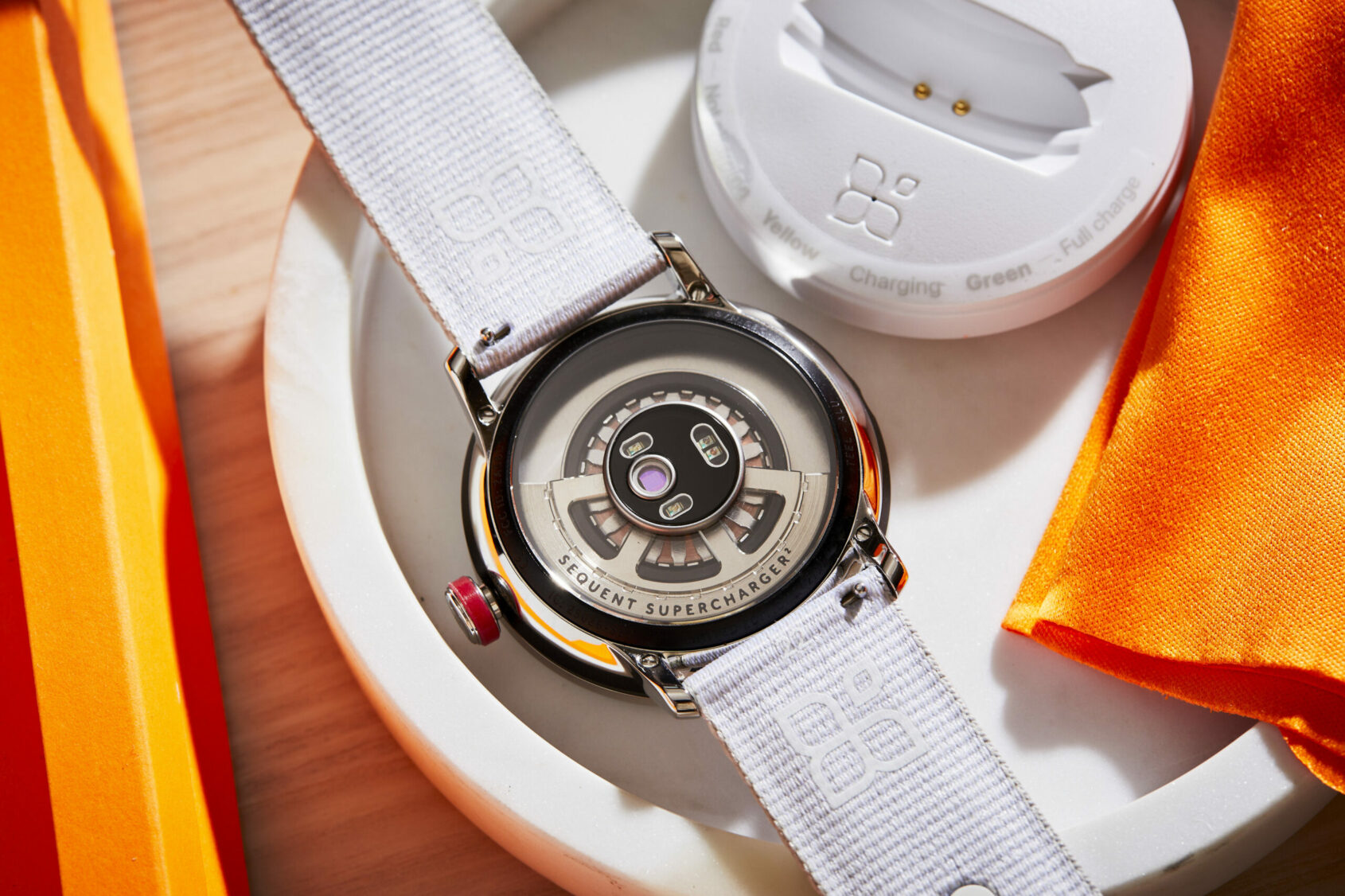
There is also a third variant of rotor-equipped, battery-powered movements from the likes of Sequent and Ventura which use mechanically generated power to fuel a digital display or a smartwatch.
The how
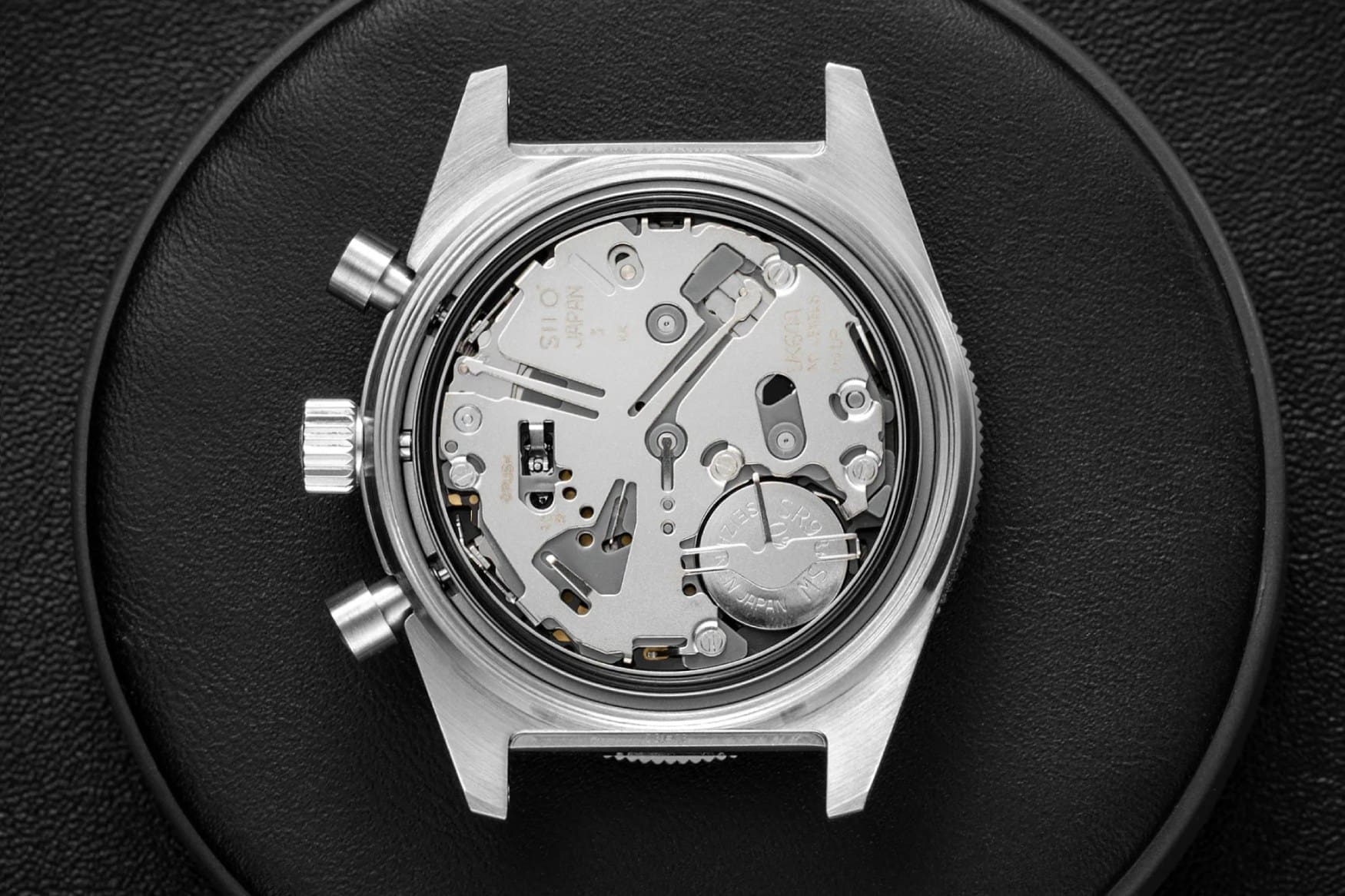
Depending on the type of mechaquartz movement, the manufacturers may choose to drive the mechanical chronograph off the same stepper motor as the hours, minutes, and seconds, but have also used separate motors for the two functions – more on the different types shortly. When it comes to Seiko’s mechaquartz in particular, a closer look will reveal that the modules have levers, hammers, and wheels – in essence – everything you’d expect from a mechanical chronograph bar the mechanical escapement. It’s precisely for that reason that mechaquartz movements have the clicky action and instant reset you’d see in a mechanical chronograph.
The why (or why not)
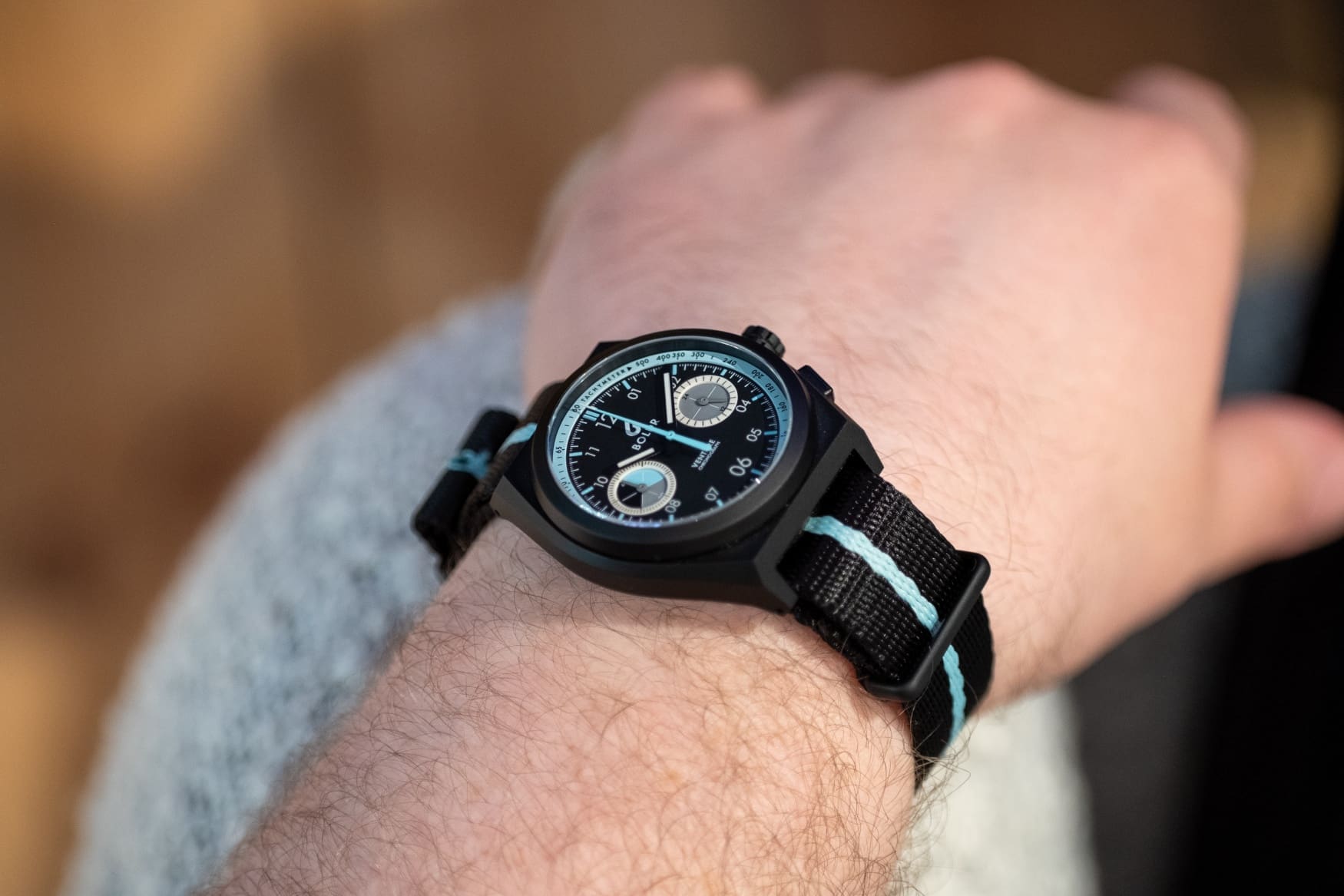
Yes, they’re affordable, I mentioned that already, but why else would you want one over, say, a cheap mechanical chronograph? For starters, a mechaquartz chronograph movement represents the functions of a mechanical one. You’ve got the clicky pushers and the instant reset to zero, rather than the button-like presses of a quartz chrono. With it, you also benefit from greater accuracy, generally slimmer construction when compared to other affordable mechanical chronos, and much cheaper and easier servicing (for the most part).
Considering all the upsides, why are mechaquartz chronographs not more popular? I can only hazard a few guesses as to why, and I sort of alluded to one of them already. Generally, servicing will be easier and cheaper, as these movements aren’t too costly to just replace, but issues like misaligned chronograph hands are much more difficult to fix. On a Renata quartz chrono movement you’d find in any entry-level Tissot, a quick combination of pusher presses with the crown pulled out in the correct position, and you can program the central seconds to be perfectly aligned. Since you can’t do that with a mechanical chronograph, you’d need to remove and reseat the hands correctly – a fiddly task. My other guess stems from the reason why quartz movements aren’t as popular with enthusiasts. They’re cheaper to make, run, and replace, but the craftsmanship associated with them just isn’t there. The mechaquartz is neither here nor there in this scenario, as they’re less artisanal than a mechanical chronograph, but more fussy than a regular ol’ quartz chrono.
The brands that make mechaquartz movements
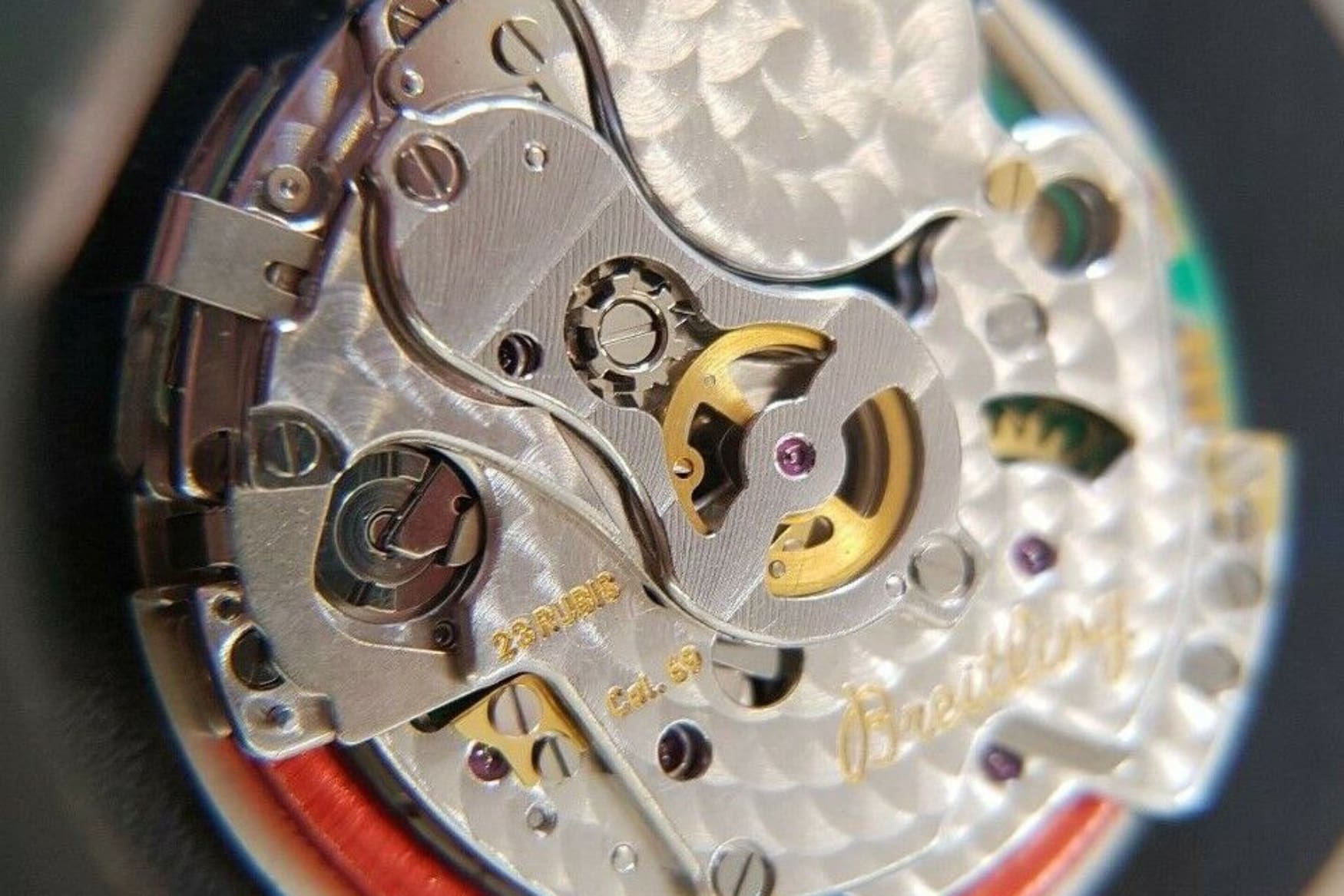
If you’ve already heard of a mechaquartz movement, you’ll most likely associate it with Seiko. Despite being the only manufacturer really going full-out with their mechaquartz production, they certainly aren’t the only ones to have done it. Hailing from the ’80s, and as a direct result of the quartz crisis, Frédéric Piguet and Jaeger-LeCoultre both created their own versions of quartz-driven chronograph module calibres.
Piguet’s 1270 and 1271 were used by a big number of brands, including Breitling (like the Cal. 69 pictured above), Omega, Hublot, Bulgari and Daniel Roth. Even with a quartz base, this was a really high-tech movement, using two quartz crystals oscillating at different frequencies (1kHz and 16kHz). The 1271, the more advanced of the two, even had a column wheel rattrapante complication based on that of the Piguet 1181, proving once again that quartz movement shouldn’t be disregarded.
The JLC Calibre 630 and moonphase-equipped 631 were less popular, mainly used by JLC but also appearing in IWC models of the period. While they weren’t as widely adopted, they were among the thinnest chronographs of the period, with the movements measuring in at a mere 3.7mm.




